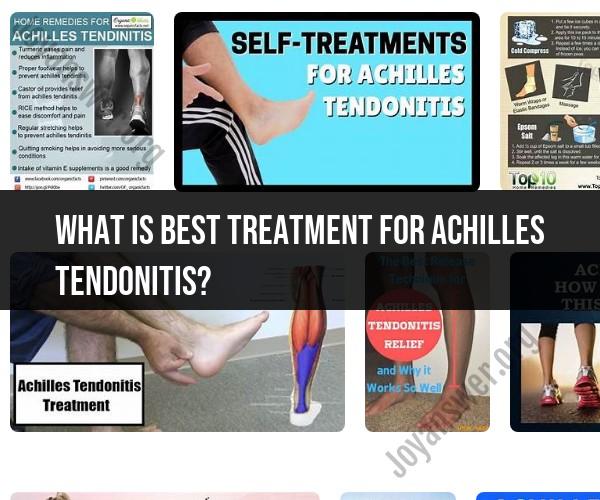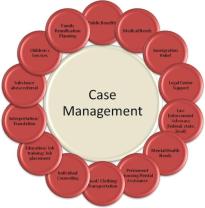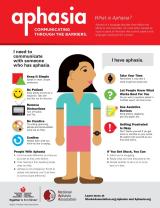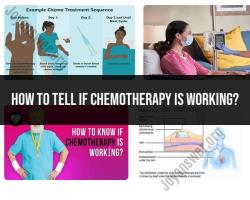What is best treatment for Achilles tendonitis?
The treatment for Achilles tendonitis typically depends on the severity of the condition, but here are some effective treatment options that can help alleviate the pain and promote healing:
Rest and Activity Modification:
- Give your Achilles tendon time to heal by reducing or modifying activities that exacerbate the condition. Avoid high-impact activities like running or jumping until your tendon has healed.
Ice:
- Apply ice to the affected area for 15-20 minutes at a time, several times a day, especially after activity. This can help reduce pain and inflammation.
Compression:
- Wearing a compression bandage or brace can help reduce swelling and provide support to the Achilles tendon.
Elevation:
- Elevate your leg whenever possible, especially when resting or sleeping, to minimize swelling.
Physical Therapy:
- A physical therapist can develop a tailored exercise program to strengthen the calf muscles and improve flexibility. These exercises can help relieve strain on the Achilles tendon and prevent future injury.
Orthotic Devices:
- Custom or over-the-counter orthotic devices (heel inserts, shoe inserts, or custom-made shoe orthotics) can provide better arch support and cushioning, reducing strain on the Achilles tendon.
Medications:
- Nonsteroidal anti-inflammatory drugs (NSAIDs) like ibuprofen or naproxen may help reduce pain and inflammation. However, these should be used under the guidance of a healthcare professional.
Heel Lifts or Inserts:
- In some cases, wearing a heel lift or insert in your shoe can reduce stress on the Achilles tendon and provide relief.
Night Splints:
- Wearing a night splint can help keep the Achilles tendon in a stretched position, which can be beneficial for some individuals with Achilles tendonitis.
Casting or Immobilization:
- In severe cases or when conservative treatments fail, your doctor may recommend a short leg cast or walking boot to immobilize the foot and ankle and allow the tendon to heal.
Shockwave Therapy:
- Extracorporeal shockwave therapy (ESWT) is a non-invasive treatment that uses shockwaves to stimulate blood flow and promote healing in the Achilles tendon.
Platelet-Rich Plasma (PRP) Therapy:
- PRP therapy involves injecting a concentrated solution of your own platelets into the injured tendon to stimulate healing.
Surgery (in Rare Cases):
- Surgery is typically considered as a last resort when conservative treatments have failed. Surgical options may include tendon debridement (removing damaged tissue) or tendon repair.
It's essential to consult a healthcare professional, such as an orthopedic specialist or a physical therapist, for an accurate diagnosis and a personalized treatment plan. They can evaluate the severity of your Achilles tendonitis and recommend the most appropriate treatments to help you recover effectively.
Effective Treatment Strategies for Achilles Tendonitis
Achilles tendonitis is an inflammation of the Achilles tendon, which is the thick band of tissue that connects the calf muscle to the heel bone. It is a common condition, especially among athletes and active individuals.
The most effective treatment strategies for Achilles tendonitis focus on reducing inflammation and pain, and strengthening the Achilles tendon. Treatment may include:
- Rest: Avoiding activities that aggravate the Achilles tendon is important for healing. This may mean reducing or stopping physical activity for a period of time.
- Ice: Applying ice to the Achilles tendon for 20 minutes at a time, several times a day, can help to reduce inflammation and pain.
- Compression: Wearing a compression bandage or sleeve can help to support the Achilles tendon and reduce swelling.
- Elevation: Elevating the heel above the heart when resting can help to reduce swelling and pain.
- Nonsteroidal anti-inflammatory drugs (NSAIDs): NSAIDs, such as ibuprofen and naproxen, can help to reduce inflammation and pain.
- Physical therapy: Physical therapy can help to strengthen the Achilles tendon and improve flexibility. Physical therapists can also teach you exercises to help prevent Achilles tendonitis from recurring.
If conservative treatment measures are not effective, your doctor may recommend other treatments, such as:
- Corticosteroids: Corticosteroid injections can help to reduce inflammation and pain. However, they should be used sparingly, as they can weaken the Achilles tendon and increase the risk of rupture.
- Shockwave therapy: Shockwave therapy is a non-invasive treatment that uses sound waves to stimulate healing. It has been shown to be effective in treating some cases of Achilles tendonitis.
- Surgery: Surgery is rarely necessary for Achilles tendonitis. However, it may be an option if other treatments have not been successful.
Physical Therapy and Exercises for Achilles Tendonitis Relief
Physical therapy is an important part of treating and preventing Achilles tendonitis. Physical therapists can help you to develop a personalized exercise program that will strengthen the Achilles tendon and improve flexibility.
Some common exercises for Achilles tendonitis include:
- Calf raises: Calf raises strengthen the calf muscles, which support the Achilles tendon. To do a calf raise, stand with your feet shoulder-width apart and your toes pointing forward. Slowly raise your heels off the ground until you are standing on your tiptoes. Hold for a second, then slowly lower your heels back to the ground. Repeat 10-15 times.
- Eccentric heel drops: Eccentric heel drops are a type of calf raise that has been shown to be particularly effective in treating Achilles tendonitis. To do an eccentric heel drop, stand on the edge of a step with one foot. Slowly lower your heel below the step, keeping your toes pointed forward. Hold for a second, then slowly raise your heel back to the starting position. Repeat 10-15 times, then switch legs.
- Stretching: Stretching the calf muscles can help to improve flexibility and reduce tension on the Achilles tendon. To stretch your calf muscles, stand facing a wall with your hands placed on the wall at shoulder height. Lean forward until you feel a stretch in the back of your leg. Hold for 30 seconds, then repeat 2-3 times.
Preventing and Managing Achilles Tendonitis for Athletes and Active Individuals
There are a number of things that athletes and active individuals can do to prevent and manage Achilles tendonitis:
- Warm up before exercise: Warming up before exercise helps to prepare the body for activity and reduce the risk of injury.
- Cool down after exercise: Cooling down after exercise helps the body to recover and reduce the risk of muscle soreness and inflammation.
- Wear supportive shoes: Wearing supportive shoes can help to reduce stress on the Achilles tendon.
- Avoid overtraining: Overtraining can lead to injuries, including Achilles tendonitis. It is important to listen to your body and rest when you need to.
- Strengthen the calf muscles: Strong calf muscles can help to support the Achilles tendon and reduce the risk of injury.
- Stretch the calf muscles: Stretching the calf muscles can help to improve flexibility and reduce tension on the Achilles tendon.
If you experience pain in your Achilles tendon, it is important to stop the activity that is causing the pain and rest. You should also ice and compress the Achilles tendon. If the pain does not improve after a few days, you should see a doctor or physical therapist.












